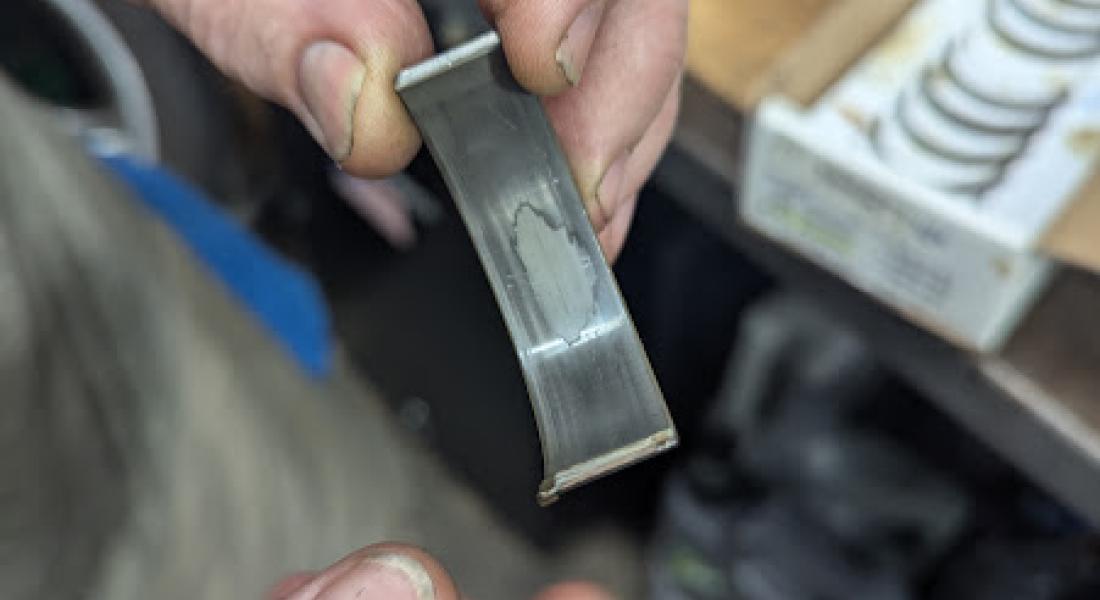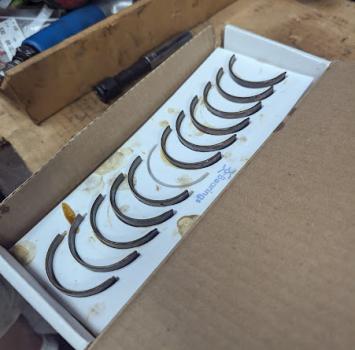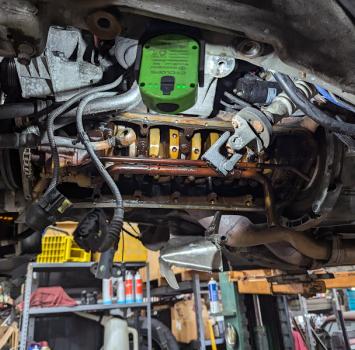After selling my 996-chassis Porsche 911, I was pretty relieved to be done with the looming threat of bore scoring and a replacement IMS replacement to my existing IMS replacement. The fear mongering was pretty intense, from both fellow owners to individuals who own shops that service 911s. The makers of IMS kits are now suggesting that you may need to replace your original replacement, which is a big change from the "one and done" approach. And even if your car has no evidence of bore scoring, there are legions of enthusiasts who will say your car probably has the issue.
I hate to admit this, but it got to the point that I couldn't enjoy the car. That being said, I didn't like it that much to begin with, so it wasn't all that heart breaking to see it go. So now, with this in mind and the 2001 Z3 M coupe in the garage, we move to the next persistent threat: rod bearings. In the BMW world, rod bearing replacement is the equivalent of IMS replacement for Porsche owners, but with perhaps less risk because your engine won't instantly blow up but rather slowly degrade.
When I got the Z3 M Coupe, there, of course, was not evidence of bearing replacement, so this was first on the menu. However, once the original rod bearings were replaced, it was evident they were in fine shape and could have remained installed for years to come. Should I have had them done? Well, most M car enthusiasts would say it's worth the insurance and comfort of knowing the job has been done, but I could have delayed the job and dealt with some other more pressing maintenance needs in the meantime.
Regardless, the condition of the original bearings suggests a history of frequent oil changes and lack of abuse, so there's the silver lining - along with knowing I won't have to tackle this job for years to come.


